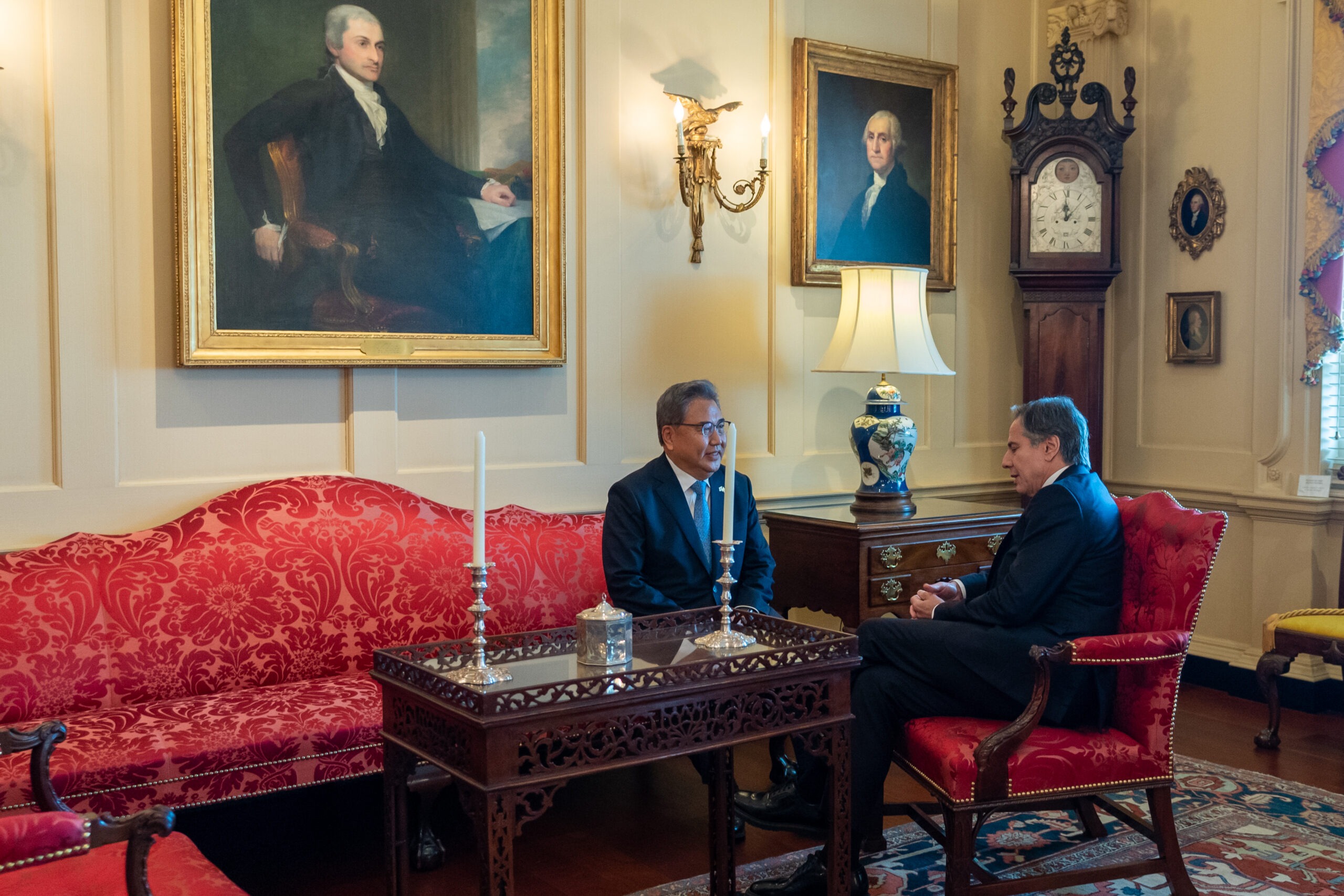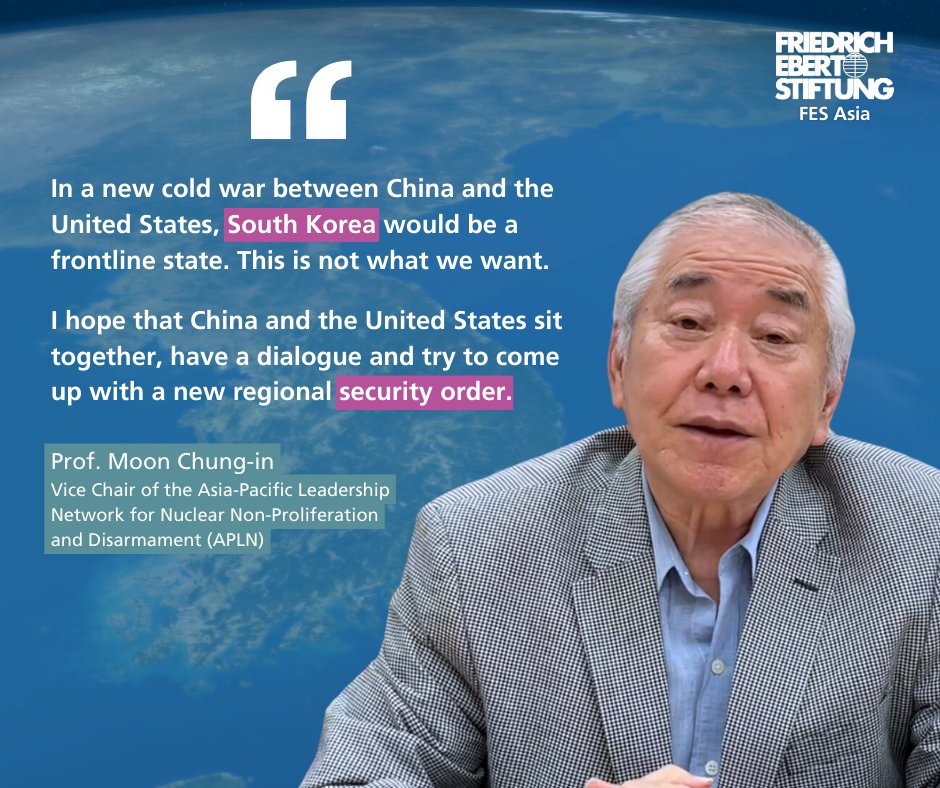How the US Should Respond if North Korea Conducts Another Nuke Test
RESPONSIBLE STATECRAFT
APLN senior associate fellow Jessica Lee wrote for Responsible Statecraft on the need for Washington to look beyond the nuclear threat to work towards a sustainable peace on the Korean Peninsula. Read the original article here.
Much of the recent news about North Korea has centered on the likelihood of a seventh nuclear test. Relatively little attention has been placed on the immediate and long-term goals of the United States on the Korean Peninsula — a part of the world that is technically still in a state of war seven decades after the Korean War broke out.
A new report by the Quincy Institute titled “Active Denial: A Roadmap to a More Effective, Stabilizing, and Sustainable U.S. Defense Strategy in Asia,” offers policy recommendations to advance peace on the Korean Peninsula and curb the cycle of provocation and punishment that has defined U.S.-North Korea relations over the past three decades, while South Korea has been a junior partner to the United States.
Warnings by senior U.S. officials about a potential nuclear test have grown in recent weeks. The last time Pyongyang tested a nuclear weapon was in September 2017, following several satellite and ICBM tests that were conducted earlier that year.
On June 7, two days after North Korea launched eight ballistic missiles, U.S. Special Representative to the Democratic People’s Republic of Korea Sung Kim noted that in addition to launching an unprecedented number of ballistic missiles in 2022, North Korean officials have hinted at the testing of tactical nuclear weapons, which are harder to detect than strategic weapons due to their smaller size. Ambassador Kim also warned that North Korea is preparing to conduct a nuclear test.
On June 13, Secretary of State Antony Blinken held a joint press conference with his Republic of Korea counterpart Park Jin. Secretary Blinken stated that the United States knows that the North Koreans have “done preparations for…a [nuclear] test” and that the American government is “extremely vigilant” about that possibility, as well as consulting with allies on how best to respond to such an action.
The same day, national security adviser Jake Sullivan echoed Blinken’s assessment while also noting that Washington has communicated its concerns to Beijing. Sullivan did not mention how the Chinese side responded, nor did he offer new insights that were gleaned from that conversation about the way forward.
On one hand, the focus on North Korea’s seemingly imminent nuclear test makes sense given its ability to undermine support for diplomacy. But over-emphasizing the nuclear threat fosters deterrence-centric solutions, as opposed to considering the broader regional context and underlying sources of North Korea’s desire to build nuclear weapons. Treating North Korea mainly as a security threat rather than as a political and diplomatic issue also overlooks steps that the United States could take to reduce potential for military confrontation between nuclear-armed countries.
The Quincy report “Active Denial”offers a case for how allies like South Korea can support a more sustainable U.S. defense posture in the region that serves the U.S.-ROK alliance’s interest in a more stable Korean Peninsula and reduces the possibility of conflict. It calls for greater U.S. support in building peace on the Korean Peninsula and in limiting further nuclear proliferation. It recommends Washington engage in sustained diplomacy with Pyongyang in order to advance long-term peace in the region. The report also suggests adjustments in the U.S. military presence in South Korea and in the U.S.–ROK alliance division of labor. For example, it recommends permanently rebasing one of the two U.S. air wings currently stationed in South Korea to elsewhere in the Asia–Pacific, given its vulnerability to attack by chemical weapons and missiles from North Korea and the relative ease with which it can be flown back to South Korea as needed.
The report also stresses the need for the U.S.–ROK alliance to find a balance between effective deterrence and movement toward conflict resolution and peacebuilding vis-a-vis North Korea. To get there, Seoul should play a leading role in creative and multi-level diplomacy with Pyongyang, with the United States playing a supporting role conducive to inter-Korean reconciliation. As South Korean Unification Minister Kwon Young-se noted at a conference hosted by Korea Institute for National Unification last week, the Yoon administration will seek a “pragmatic approach” on North Korea through a “virtuous cycle, such as denuclearization of North Korea and the development of inter-Korean relations.” Washington’s support for such a strategy will be pivotal for its success.
Over the long-term, Washington should also be open to the possibility of not just normalization of relations but to a cooperative relationship with Pyongyang as part of closing the chapter of the Korean War and stemming the growing arms race between the two Koreas. In exchange for security guarantees, North Korea will need to take concrete, verifiable steps to declare facilities that manufacture and deliver nuclear weapons, as well as to move toward dismantling nuclear facilities.
Rather than equate ending the Korean War with a unilateral withdrawal of all U.S. forces from South Korea, Washington should think of the peace and denuclearization process in phases, based on mutual cooperation in tension reduction and denuclearization. Ultimately, an “action-for-action” diplomatic process, as Sullivan recently called it, is preferable to the status quo of holding negotiation hostage to Pyongyang’s voluntary nuclear weapons disarmament.
A U.S. strategy on Asia based on realistic expectations and diligence in accountability on all sides will be critical for making tangible progress with North Korea, with South Korea playing a leadership role in shaping the peninsula’s future.
Image: Secretary of State Antony J. Blinken meets with Republic of Korea Foreign Minister Park Jin at the U.S. Department of State in Washington, D.C., on June 13, 2022. [State Department Photo by Ron Przysucha]




